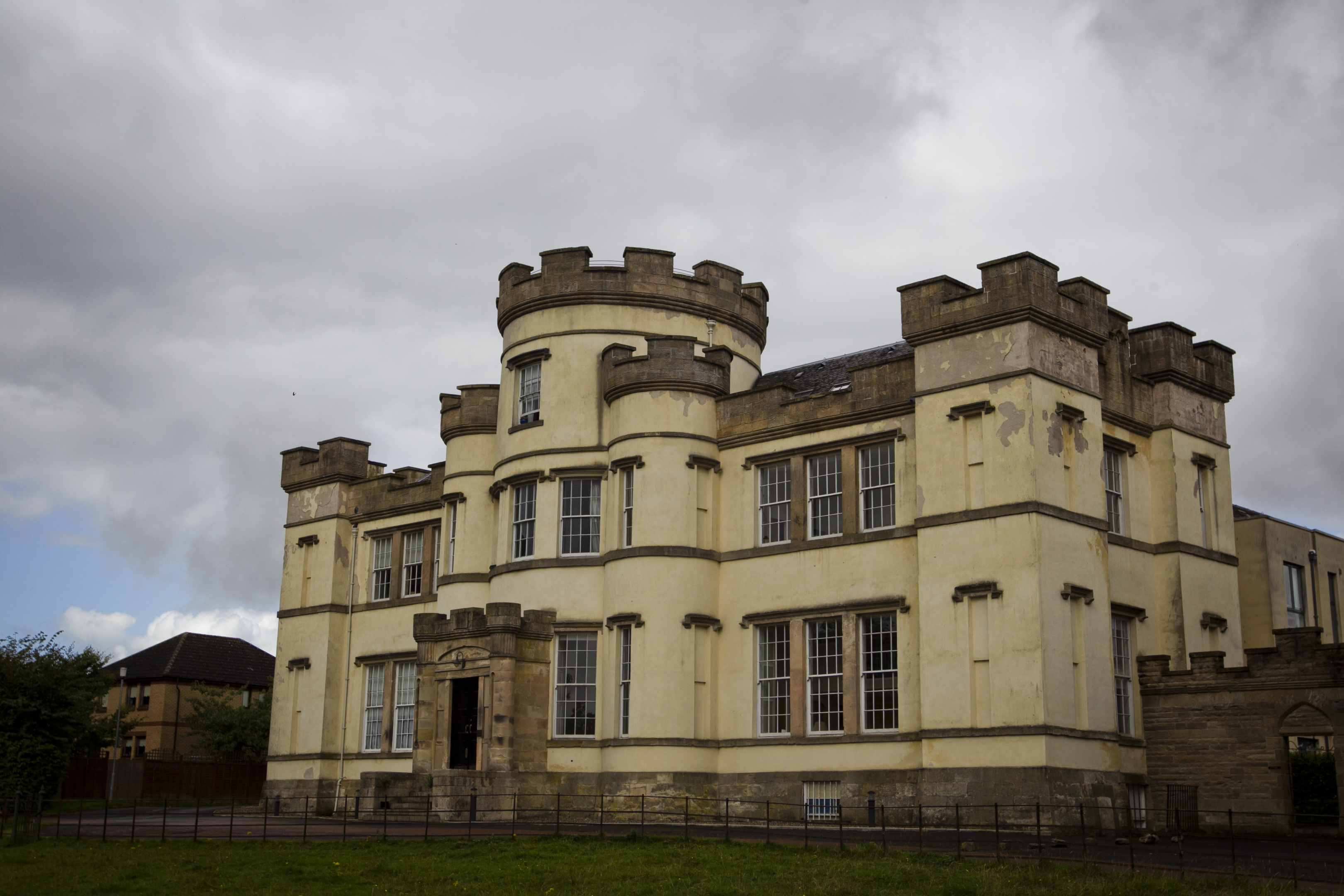
A man who says that hunger forced him to eat grass while he was at a care institution in the 1960s has told an inquiry there was a “culture of evil among religious orders” at that time.
A witness told Scotland’s Child Abuse Inquiry that he was “never happy” during his time at Smyllum Park orphanage in Lanark and was frightened of almost all the nuns in charge.
Punishments he faced during his four years at the Lanarkshire home – run by the nuns of the Daughters of Charity of St Vincent de Paul – included being locked in a fire escape and pushed into a toilet, the hearing was told.
He told the probe: “I don’t believe I was looked after. The word ‘looked after’ is meaningless to me.”
The public inquiry sitting in Edinburgh is continuing to hear evidence about people’s experiences of living at Smyllum Park, which closed in the 1980s.
The latest witness, who cannot be identified, was admitted to the home in the early 1960s at the age of two.
Smyllum: Boy beaten after catching nuns in an embrace, inquiry into child abuse told
He told how he finds it hard to eradicate certain “horrible” memories from his mind, telling the hearing: “I just remember that I was never happy.”
Asked about food at Smyllum, he said: “I just remember I was always hungry. I don’t remember food.”
He added: “I do remember eating grass because I was hungry.”
The witness said he was frightened of all of the nuns except one and has described one individual as being “evil”.
“She was always shouting and screaming, she was a horrible person,” he said in a written statement submitted to the probe.
And he told Colin MacAulay QC, counsel to the inquiry: “I remember just being treated like a non-entity. I don’t have any recollection of any kind of positive interaction, any kind of love and affection.”
After waiting years to be heard, the children of Smyllum tell their heartbreaking stories
He recounted one incident, aged three or four, in which he said a female staff member pushed him by the shoulders “into the toilet”.
“I was hysterical, I thought I was going to disappear into the toilet,” he said.
He also told how he became fearful of the dark after being left in a fire escape as a punishment following a pillow fight.
He said: “I just remember being there for what seemed like forever. It was awful, just awful.”
The inquiry heard that the witness was later moved out of Smyllum into foster care and other homes, at which point he received help from a priest.
He told the inquiry: “Although there was a culture of evil around religious orders at that time, there are good people in this world.”
He added that he believes that religious orders should pay damages for past wrongs, saying: “There has to be accountability, no matter who you are, and the religious orders should not be treated any differently.”

Enjoy the convenience of having The Sunday Post delivered as a digital ePaper straight to your smartphone, tablet or computer.
Subscribe for only £5.49 a month and enjoy all the benefits of the printed paper as a digital replica.
Subscribe